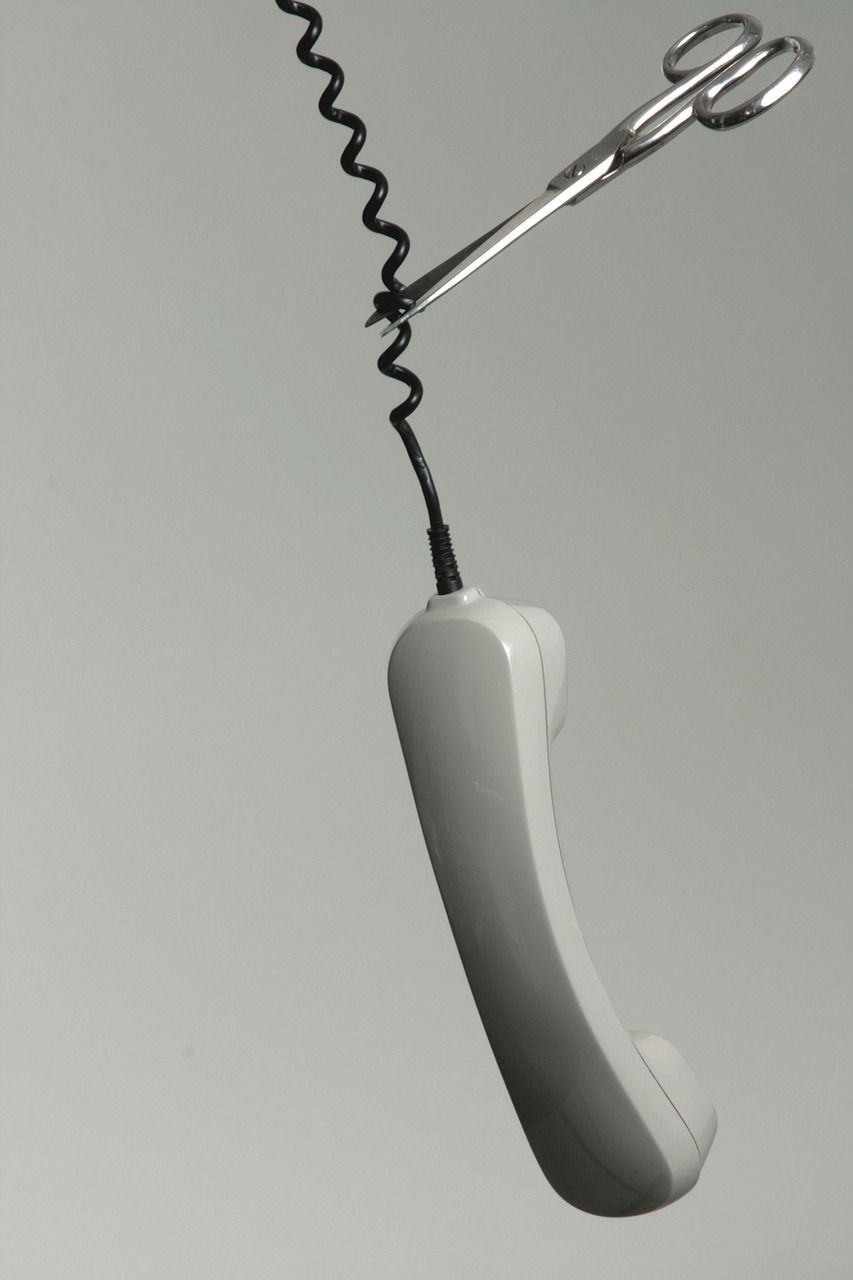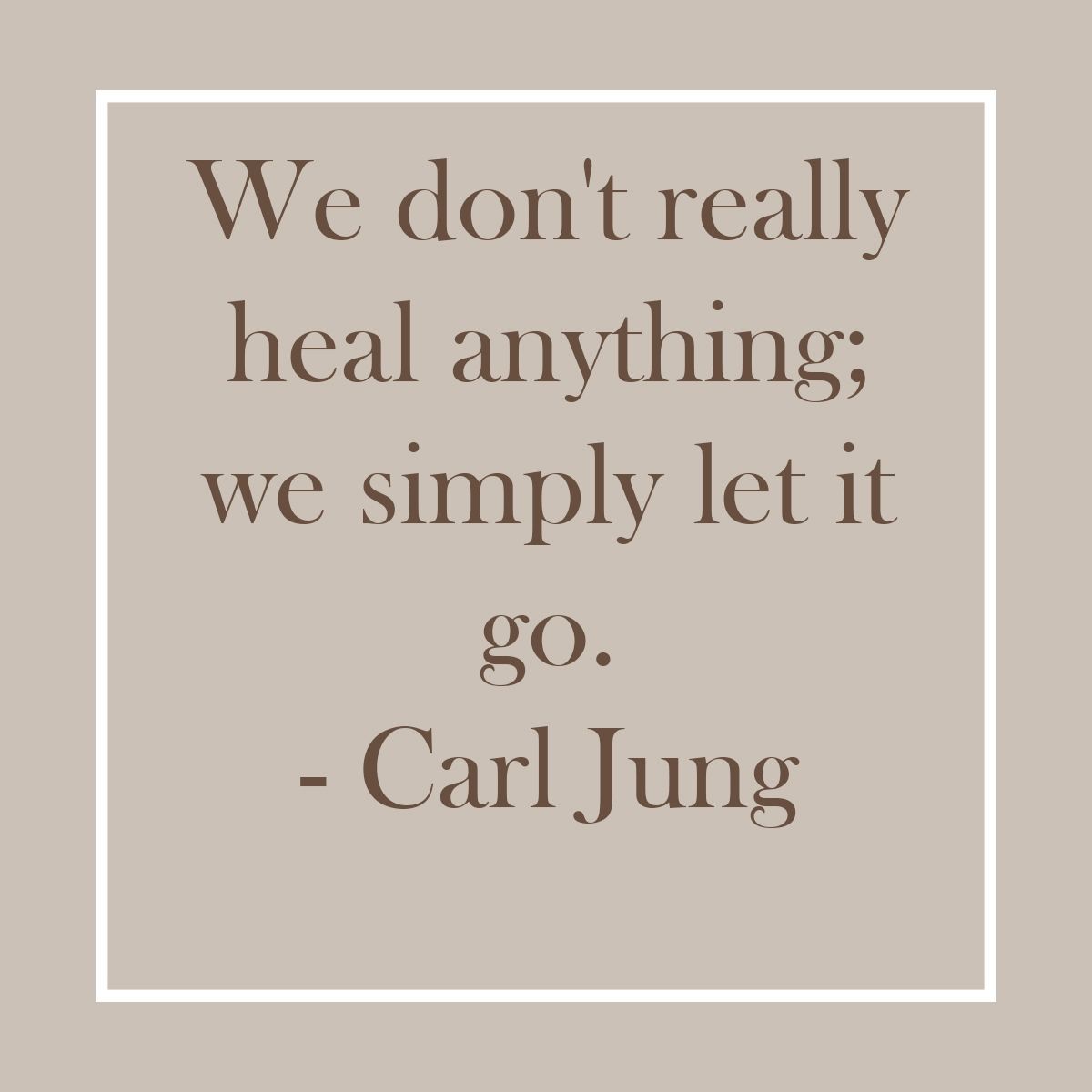Pressure cookers: they’re not as scary as you think
Pressure cookers aren’t made the same way they used to be.
Seriously, they aren’t. And that’s a good thing! I think we all have horror stories of mom or grandma using one of those original pressure cookers…the lid wasn’t on quite right, or the weight wasn’t placed just so, and the whole thing flew apart in an explosion of boiling hot liquid and partially cooked food.
They’re not like that anymore. Nowadays, they are fitted with a number of safety features – the most important of which is they won’t pressurize until the lid is locked in place, and won’t open until the pressure has been released from within. No more explosions. And they are significantly quieter, so the ever-present fear of an explosion is gone as well.
With that in mind, it’s time to give the pressure cooker another chance and recognize how useful they can be. If you’d rather be anywhere but the kitchen, then the pressure cooker is a wonderful addition to your appliance collection. Most foods will take half the time or less to cook. For example, boiling potatoes conventionally typically requires 20 minutes or so to cook once the water is boiling; in a pressure cooker, the time is reduced to about 9 minutes after the water boils. Most dried beans (after soaking) cook in about 10 minutes, lentils in 6 minutes. A beef pot roast takes a half hour vs 3 to 4 hours conventionally. Or how about soup in 12 minutes instead of 45?
How do they work? They are used on foods that have at least some moisture or liquid in them. Once the lid is locked and the burner is turned on, the liquid begins turning into steam which becomes trapped inside. Since the steam has no place to go, the pressure inside the cooker builds, and as it does so, it increases the maximum temperature that the liquid could otherwise normally reach. Inside the pot, hot steam is infused into the food, so not only does it cook significantly faster due to the higher temperature, but it also retains its moisture.
So, as long as you have enough liquid to start, you end up with delicious, moist foods cooked in a fraction of the time. Also, food that is cooked quickly retains more nutrients, and less time on the stove means less energy being used. So pressure cooking = healthier, tastier food, on the table quicker, and saving money…what’s not to like?
There are lots of references out there on how to use a pressure cooker, and even more for recipes. I myself started with a copy of “Pressure Cooking for Dummies” (yes I did, and I’m not ashamed to admit it!) and I found it invaluable. I highly recommend you give pressure cooking a try. You’ll be glad you did!













